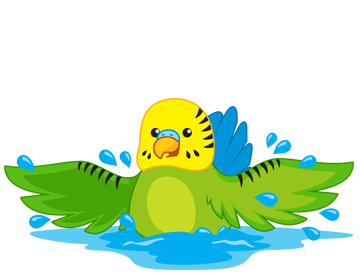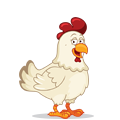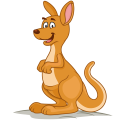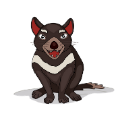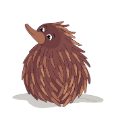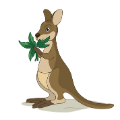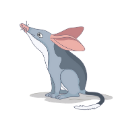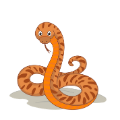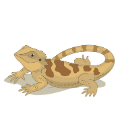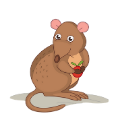How often you clean your bird’s enclosure depends on many things. The enclosure size, number of birds and what you feed your bird all contribute to how fast your bird’s enclosure becomes dirty. Old food and a build-up of droppings can make your bird very ill, so it is vital to keep your bird’s environment clean and hygienic.
As a rule, every morning when you feed your birds, always:
- remove any dropped vegetables or fruit, as they can spoil and make your birds ill.
- change the water, replace it with fresh clean water.
Always be careful when opening the door to your birds’ aviary. Make sure that your birds won’t get a fright by speaking in a soft voice as you approach and be careful not to let your birds escape. For larger aviaries, a double door system ensures that there are no escapees. When your birds are settling in, try to clean around them as quietly as you can. Never corner them, and allow them to seek shelter by making slow, predictable movements.
Outdoor aviaries should be large enough that you can clean around your birds without stressing them. The surface of the ground will determine how you clean your aviary.
- Concrete floors can be hosed, but make sure to give your birds lots of space.
- Sand or mulch can be raked to remove droppings. Topping up with new sand or mulch will help keep the aviary clean.
If doing a thorough clean of an indoor aviary, move your bird into a different enclosure or ask someone to supervise your bird for a free flying time in an enclosed, safe area while you clean.
Birds are particularly sensitive to chemicals, so always check that you have a bird safe disinfectant. It’s best to use just water and a scrubbing brush for daily cleaning, and a bird safe disinfectant once a week for the full clean. When cleaning empty aviaries, a high-powered hose can be good for blasting any droppings that have hardened, but make sure no birds are nearby as the noise from the hose may scare them.
